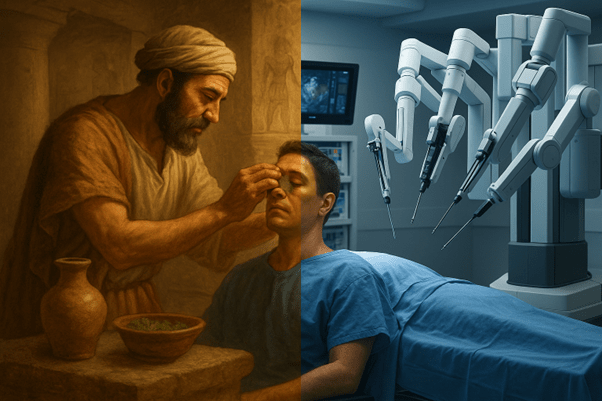Can engineers really be shareholders of their ideas? China’s new system shows how shared property rights may transform capitalism from within.
The Deadly Descent Of Air India Flight AI171
How did one of the world’s safest planes crash in 90 seconds? A closer look at the science, sensors, and split-second decisions behind.
How Twitter Fans Crushed The European Super League And Reshaped Public Relations
Twitter fans forced clubs to drop the ESL in 48 hours. What does this teach us about the power of collective voices in sport and beyond?
Mass Spectrometry Enters A New Era To Unlock The Secrets Of Giant Biomolecules
Can this new mass spectrometer revolutionise our understanding of complex biomolecules? A Taiwanese lab may have just reshaped molecular science.
Alum Sludge Revolutionises Phosphorus Recovery
Could sewage and alum sludge hold the answer to safer fertilisers? Learn how new methods are recovering phosphorus without harmful heavy metals.
The Inca Blueprint For Climate-smart Farming
Long before modern sustainability, Inca farmers tamed the Andes. Could their water-wise terraces and llamas show us how to farm in a changing climate?
AI-Driven Leadership: Redefining Influence in Modern Organisations
AI-driven leadership is redefining influence where data meets empathy, and technology empowers smarter, more human decisions in modern organisations.
From Herbs To Robots The Remarkable Story Of ENT Medicine
How did surgery evolve from herbal cures to AI-driven robots in ENT? Discover the fascinating journey of medicine from ancient papyrus to nanotech.
Creative Destruction And The Roots of Prosperity: The 2025 Nobel Prize Honours Discoveries on How Innovation Drives Growth
Can societies stay dynamic when old systems crumble? Discover how Nobel laureates explain the power of creative destruction in shaping modern economies.
María Corina Machado: The 2025 Nobel Prize Honours The Woman Who Chose Ballots Over Bullets
The 2025 Nobel Peace Prize honours Venezuela’s unyielding defender of democracy, whose courage has rekindled hope amid authoritarian darkness.










